|
The April skies are the time to search for that elegant traveller, the Barn Swallow, as they return home to rear new generations The barn swallow - Hirundo rustica, makes the long journey home to Ireland from southern Africa each year, arriving in April and staying until late September or early October before returning to Africa for the winter. During their brief sojourn here they will be very active, building up food reserves and trying to raise two, three or even four clutches of eggs. The males are the first to arrive and they are quick to establish their nest sites either repairing the previous years nest or building a new one. The nest is built of mud and lined with feathers, they gather up little pellets of mud, from rivers and streams, in their beak and use these to form the cup shaped nest. To strengthen it, they push small pieces of grass or straw into the mud walls and as the name suggests, the barn swallow's nest is most commonly found in barns, sheds or outhouses. Females arrive later and breeding begins. Barn swallows are monogamous during their short lives and research has shown that females are attracted to males with longer and symmetrical tails. When laying starts, four or five eggs are laid each time which are incubated by the female and hatch after about two weeks. Both male and female birds defend the nest, they are known to be very aggressive, chasing off any intruders. Once hatched, the young chicks can be fed up to 400 times a day, they are fed by both parents for about three weeks after which they leave the nest. The young birds stay around for a while and they will be fed by the adults for a few days before they set about rearing a the next brood though they sometimes get help from others while raising their young; these helpers can often be older siblings from previous clutches. Barn swallows - are particularly suited to life on the wing; these magnificent creatures of the sky spend most of their lives flying freely, their flight is captivating, unpredictable, and spectacular. Their sleek, streamlined bodies offer very little wind resistance and their relatively long, narrow pinion feathers give them optimum lift through the air. Adults are instantly recognisable by their glossy black wings and back, long tail streamers and contrasting white undersides and at close range, the you can make out the red face-patch.. They are acrobatic in flight and are capable of taking sharp, unexpected turns and twists, swooping down and lunging up with a magnificent surge. The long tail and the trailing streamers is designed to enable it to carry out fast, agile manoeuvres and to capture its prey of choice – insects! Swallows feed almost exclusively on midges and flies, caught on the wing.. Countryside lore tells us that swallows can foretell the weather, just by watching them flying - 'When the swallows fly high, the weather will be dry', though the truth is a little more commonplace. On fine days warm air rises and insects are swept up in these bubbles of warm thermals, sometimes carried hundreds of metres aloft. Swallows are always chasing their next meal and since swallows eat insects, they have to fly higher on fine days to find their food. If the weather is unsettled, the insects will be closer to the ground and hence the swallows will also fly close to the ground. As late as the 18th century, even important scientists of the day, such as Carl von Linne, still believed that swallows spent the winter in the mud of ponds and lakes. Others believed that they hibernated for the winter or even that they flew to the Moon! The truth is that swallows are amazing small birds that face many dangers on their journey north, where many of their most important overwintering areas are being destroyed by the careless exploitation of nature. An arduous journey of over 9,500 kilometres. In just over five weeks, they fly from the plains of southern Africa, crossing vast inhospitable regions such as the Sahara Desert before facing the nets and guns of Mediterranean hunters. Most cross the Mediterranean at Gibraltar, then fly through France, across the Channel into the UK and then on into Ireland. Migration is a hazardous time for these tiny birds; many will die from starvation and exhaustion and many more will die at the hand of man. Legend has it that a barn swallow stole fire from the gods to bring it to the people on Earth. In fury of this treachery, the deity flung fire arrows at the little bird, which resulted in the burning of the middle of its tail; giving the bird its distinct forked tail. Egyptian mythology has linked swallows with stars, thus linking them to the souls of the dead; in an Egyptian love poem, a swallow declares the dawn of new love. It’s hard to believe that a bird, that weighs about the same as two 1 euro coins, will travel thousands of kilometres each year, will risk everything to come home. Apart from heralding the months of warm days, their delightful, musical, twittering is an uplifting sound, a joy to hear, their effortless aerial acrobatics in the skies above the countryside of Ireland, a marvel of the summer.
0 Comments
|
WildEdges
A haven of quiet countryside highlighting issues affecting the natural world. Categories
All
|
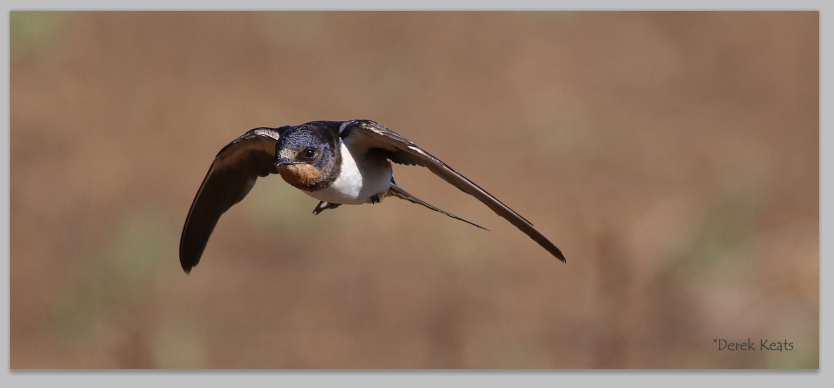
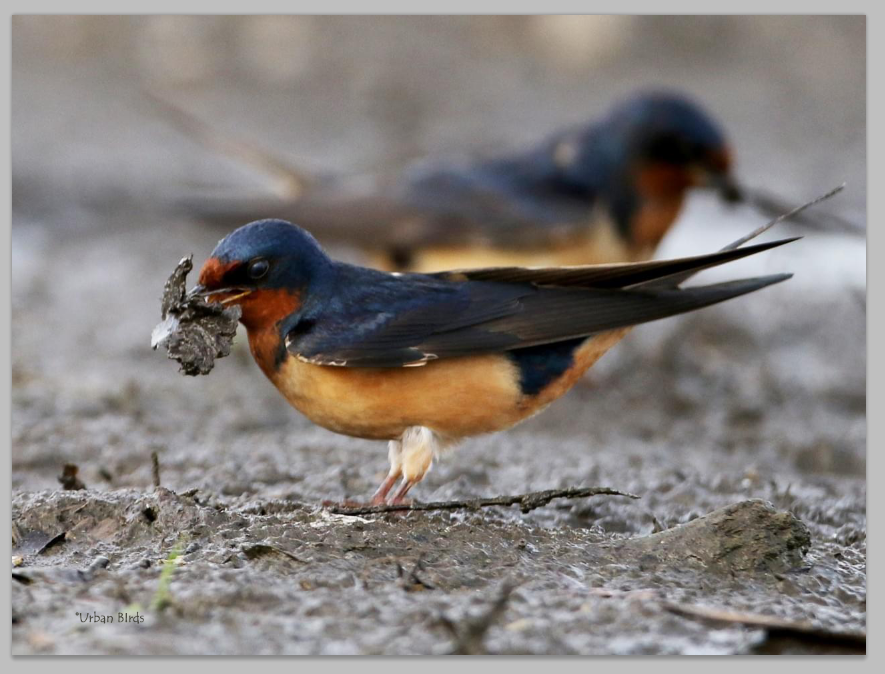
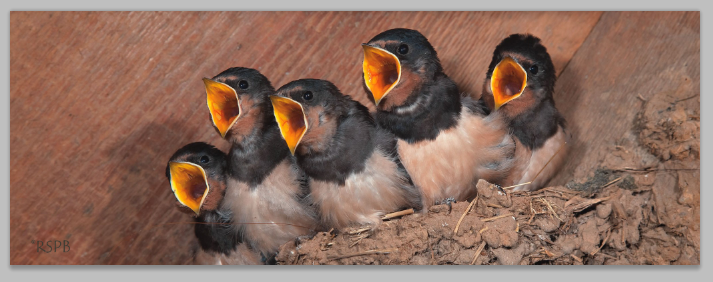
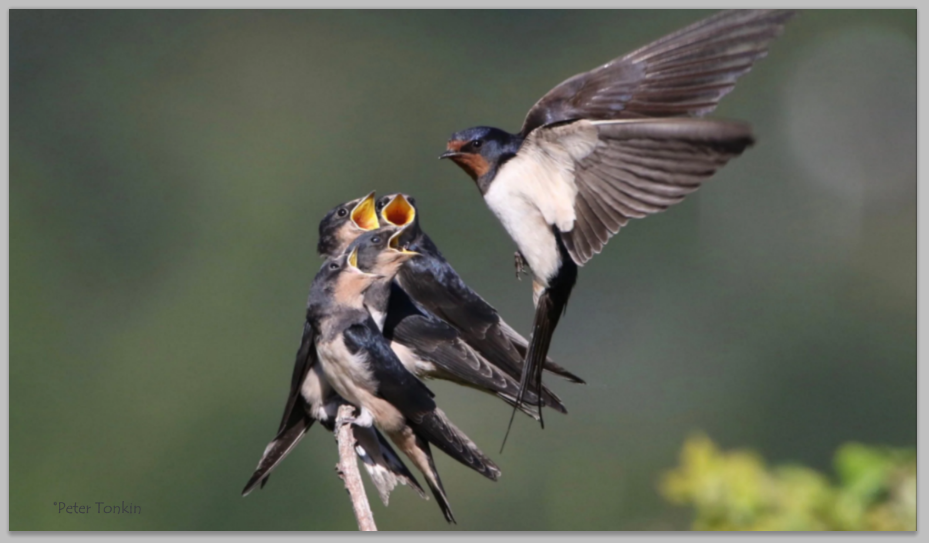

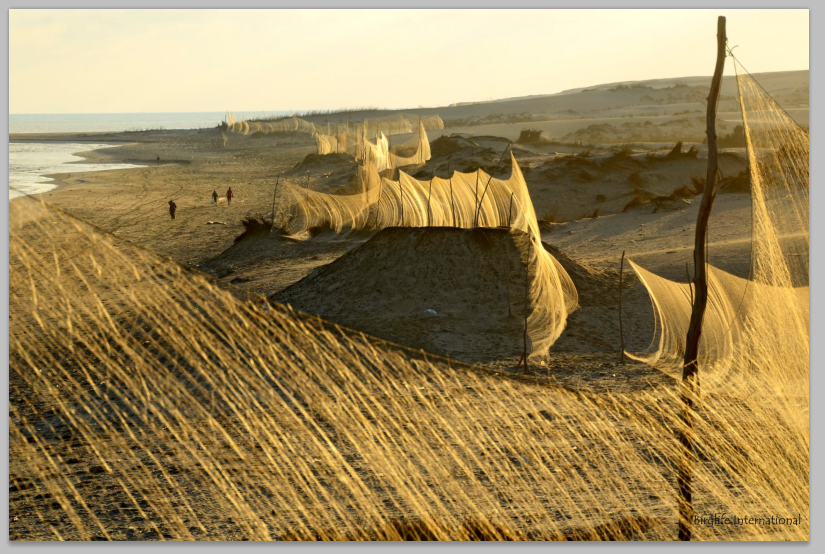
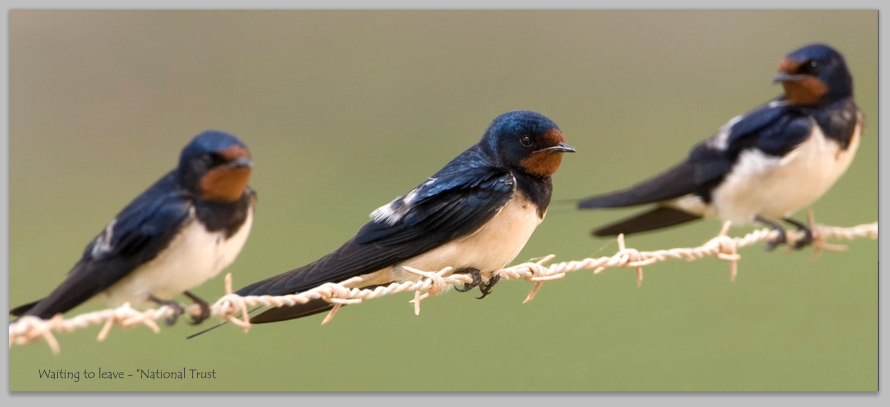
 RSS Feed
RSS Feed